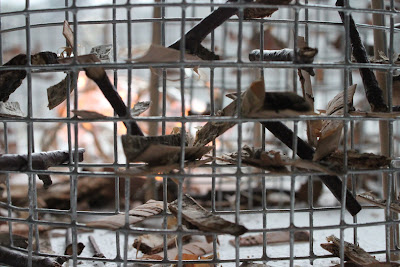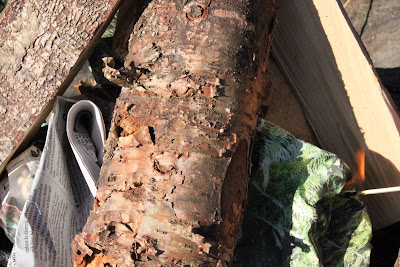M A S T E R ´ S T H E S I S
En sprakande invigning
P O S T are now partly finished with their Master´s thesis. But the construction of the pavilion is yet to come. The 4th of January we´re heading to Jukkasjärvi in oder to finish the project.

Welcome!

























































